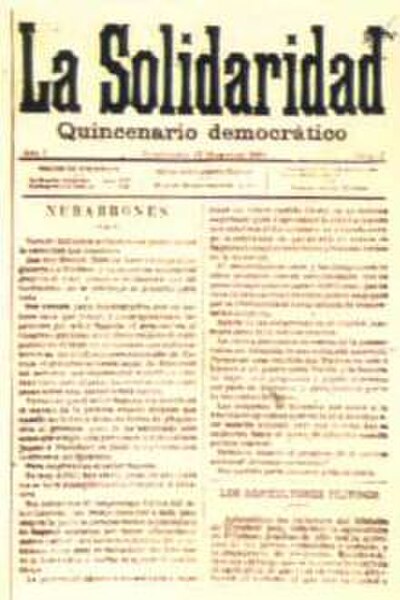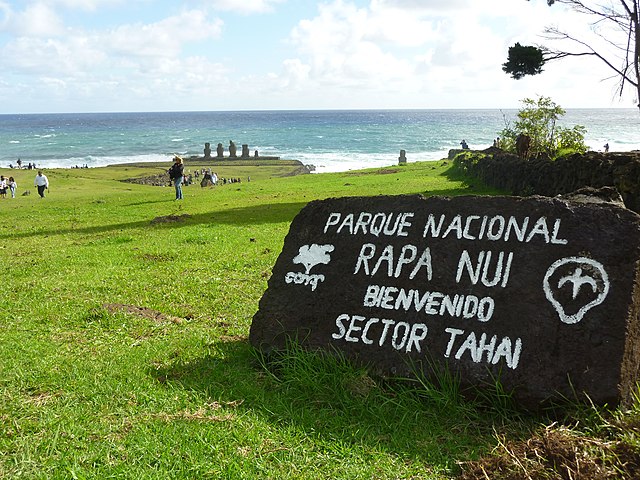Hispania was the Roman name for the Iberian Peninsula and its provinces. Under the Roman Republic, Hispania was divided into two provinces: Hispania Citerior and Hispania Ulterior. During the Principate, Hispania Ulterior was divided into two new provinces, Baetica and Lusitania, while Hispania Citerior was renamed Hispania Tarraconensis. Subsequently, the western part of Tarraconensis was split off, initially as Hispania Nova, which was later renamed "Callaecia". From Diocletian's Tetrarchy onwards, the south of the remainder of Tarraconensis was again split off as Carthaginensis, and all of the mainland Hispanic provinces, along with the Balearic Islands and the North African province of Mauretania Tingitana, were later grouped into a civil diocese headed by a vicarius. The name Hispania was also used in the period of Visigothic rule.
Archaeological Roman Ensemble of Mérida (Emerita Augusta), Extremadura, Spain.
The Roman Tower of Hercules is the oldest surviving Roman lighthouse
The Roman Aqueduct of Segovia, Castile, Spain.
The Roman Temple of Évora (Liberatias Iulia), Alentejo, Portugal.
Spanish or Castilian (castellano) is a Romance language of the Indo-European language family that evolved from the Vulgar Latin spoken on the Iberian Peninsula of Europe. Today, it is a global language with about 500 million native speakers, mainly in the Americas and Spain, and about 600 million when including second language speakers. Spanish is the official language of 20 countries, as well as one of the six official languages of the United Nations. Spanish is the world's second-most spoken native language after Mandarin Chinese; the world's fourth-most spoken language overall after English, Mandarin Chinese, and Hindustani (Hindi-Urdu); and the world's most widely spoken Romance language. The country with the largest population of native speakers is Mexico.
Antonio de Nebrija, author of Gramática de la lengua castellana, the first grammar of a modern European language
Spanish language signage in Malabo, capital city of Equatorial Guinea
Spanish language newspaper in the Philippines from 1892
Announcement in Spanish on Easter Island, welcoming visitors to Rapa Nui National Park








